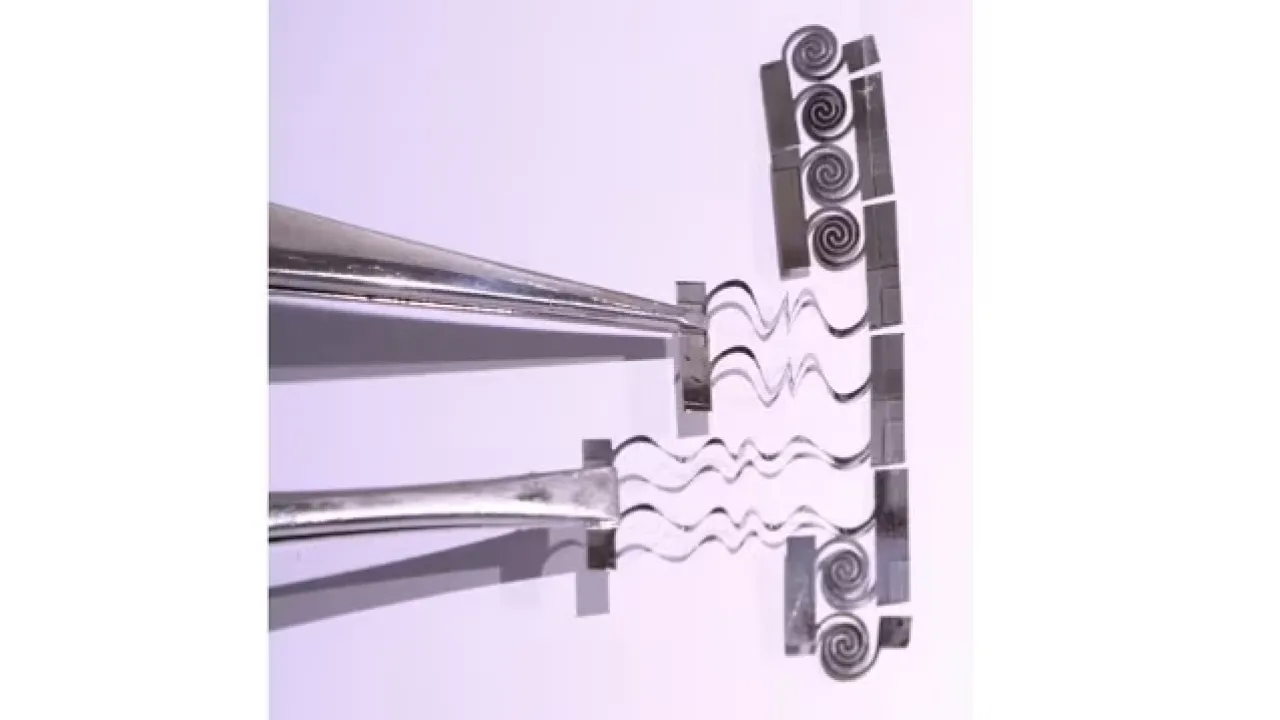
Stretching toward energy efficiency
Deformable thermoelectric materials add a new twist to the design of energy-scavenging devices.
About
Adding elasticity to the impressive properties of materials known as thermoelectrics could help us conserve more power, KAUST researchers have shown.
From laptop chips and automobile exhaust pipes to industrial machinery, for most devices, a lot of the energy they consume is lost as heat. Flexible thermoelectric materials can mop up this heat and turn it back into useful electricity that they could use to maximize electrical output.
The key to the useful behavior of thermoelectric materials, such as bismuth telluride and antimony telluride, is that when one side of the material is hot and the other side is cold, they spontaneously generate an electrical voltage. The greater the temperature gradient, the more power they generate. But to date, thermoelectric generators (TEGs) have almost invariably been made from solid blocks of thermoelectric materials.
“We envisioned that a stretchable TEG would achieve more output power as it can easily maintain a longer distance between the hot end and the cold end,” said Muhammad Hussain, Associate Professor of Electrical Engineering at KAUST, who led the research. The cold end of the stretchable TEG can be pulled further away from the heat source, maximizing the temperature gradient.
Read the full article